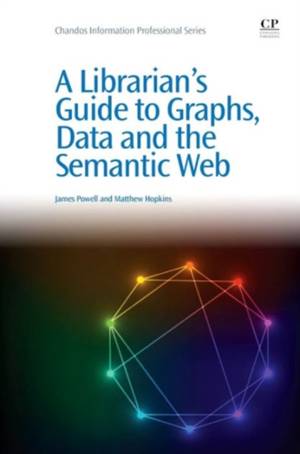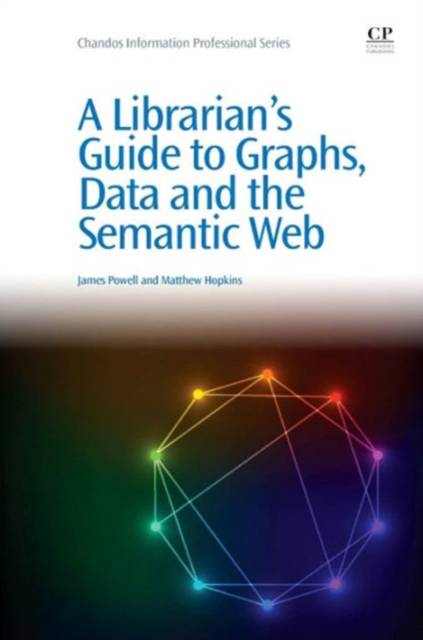
Door een staking bij bpost kan je online bestelling op dit moment iets langer onderweg zijn dan voorzien. Dringend iets nodig? Onze winkels ontvangen jou met open armen!
- Afhalen na 1 uur in een winkel met voorraad
- Gratis thuislevering in België vanaf € 30
- Ruim aanbod met 7 miljoen producten
Door een staking bij bpost kan je online bestelling op dit moment iets langer onderweg zijn dan voorzien. Dringend iets nodig? Onze winkels ontvangen jou met open armen!
- Afhalen na 1 uur in een winkel met voorraad
- Gratis thuislevering in België vanaf € 30
- Ruim aanbod met 7 miljoen producten
Zoeken
Omschrijving
Graphs are about connections, and are an important part of our connected and data-driven world. A Librarian's Guide to Graphs, Data and the Semantic Web is geared toward library and information science professionals, including librarians, software developers and information systems architects who want to understand the fundamentals of graph theory, how it is used to represent and explore data, and how it relates to the semantic web. This title provides a firm grounding in the field at a level suitable for a broad audience, with an emphasis on open source solutions and what problems these tools solve at a conceptual level, with minimal emphasis on algorithms or mathematics. The text will also be of special interest to data science librarians and data professionals, since it introduces many graph theory concepts by exploring data-driven networks from various scientific disciplines. The first two chapters consider graphs in theory and the science of networks, before the following chapters cover networks in various disciplines. Remaining chapters move on to library networks, graph tools, graph analysis libraries, information problems and network solutions, and semantic graphs and the semantic web.
Specificaties
Betrokkenen
- Auteur(s):
- Uitgeverij:
Inhoud
- Aantal bladzijden:
- 268
- Taal:
- Engels
- Reeks:
Eigenschappen
- Productcode (EAN):
- 9781843347538
- Verschijningsdatum:
- 10/07/2015
- Uitvoering:
- Paperback
- Formaat:
- Trade paperback (VS)
- Afmetingen:
- 150 mm x 229 mm
- Gewicht:
- 430 g

Alleen bij Standaard Boekhandel
+ 153 punten op je klantenkaart van Standaard Boekhandel
Beoordelingen
We publiceren alleen reviews die voldoen aan de voorwaarden voor reviews. Bekijk onze voorwaarden voor reviews.











